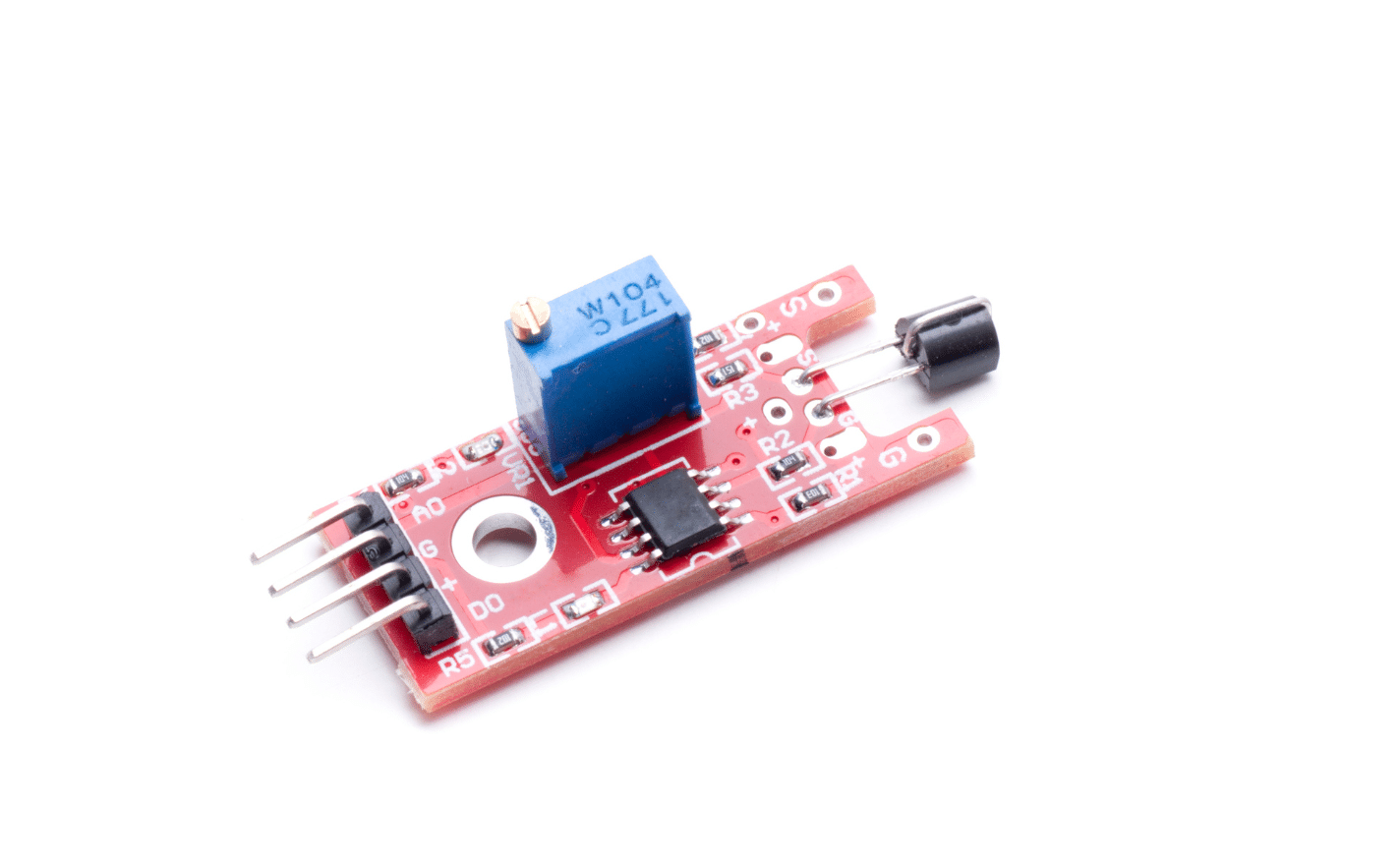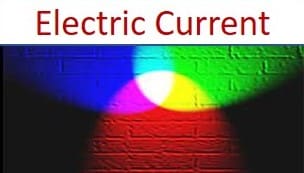The word microfarad refers to a capacitance unit that is 0.000001 farad or one-millionth of a farad. A microfarad is represented by the sign µF. The term is frequently utilized in alternating-current and audio frequency circuit applications as the capacitors found in them normally have a rating of 1 µF or more.
A farad is a unit of electrical capacitance (the capacity to store an electric charge) in the meter–kilogram–second physical unit system, named after the English physicist Michael Faraday.
Table of Contents
Energy Stored in a Capacitor
A capacitor is a common type of electrical component found in circuits. Its function is to store an electrical charge.
Charges of identical but opposing values are present on adjacent plates in typical parallel plate capacitors (for a spherical capacitor there are concentric spheres instead of plates).
These charges form an electric field between them, which comprises a portion of the energy circuit.
The energy is stored in a capacitor with a capacitance, C, and an applied voltage, V is equivalent to the work done by a battery to move the charge Q to the capacitor.
The resulting equation is:
E = 1/2 * C * V²
We may rewrite the capacity energy equation in two more comparable ways using the generic formula for capacitance, C = Q / V:
E = 1/2 * Q * V
Real-Life Examples
| Application | Capacitance (µF) | Additional Information | |
| 1 | Electronic circuits | Tens to hundreds | Used in filtering, timing, and coupling circuits |
| 2 | Audio systems | 0.1 | Used in input coupling of guitar amplifiers to remove DC bias |
| 3 | Motors | A few | Used in single-phase AC motors to create a rotating magnetic field |
| 4 | Air conditioning units | 3 to 50 | Used to power compressor and fan motors |
| 5 | Camera flashes | Microfarads | Used to store high voltage charge for brief bursts of light |
Solved Problems
Problem 1: A circuit requires a capacitance of 10 µF. If two capacitors with values of 4 µF and 6 µF are available, what combination of capacitors can be used to obtain the required capacitance?
Solution: To obtain a capacitance of 10 µF, we can combine the capacitors in series or in parallel. When capacitors are combined in series, their capacitances add reciprocally. That is,
1/C_eq = 1/C_1 + 1/C_2
where C_eq is the equivalent capacitance of the series combination, C_1 and C_2 are the capacitances of the individual capacitors.
Thus, for the two capacitors available, we have:
1/C_eq = 1/4 + 1/6 = 5/12
C_eq = 12/5 µF = 2.4 µF
This value of capacitance is not sufficient. When capacitors are combined in parallel, their capacitances add up. That is,
C_eq = C_1 + C_2
Thus, for the two capacitors available, we have:
C_eq = 4 + 6 = 10 µF
Therefore, the two capacitors can be combined in parallel to obtain the required capacitance of 10 µF.
Problem 2: A motor requires a capacitor with a capacitance of 5 µF to start. If a capacitor with a value of 4.7 µF is used, what is the percentage difference in capacitance?
Solution: The percentage difference in capacitance can be calculated using the formula:
% Difference = |(C_actual – C_required)/C_required| x 100%
where C_actual is the actual capacitance of the capacitor used, and C_required is the required capacitance.
Using this formula, we have:
% Difference = |(4.7 – 5)/5| x 100% % Difference = 0.06 x 100%
% Difference = 6%
Therefore, the percentage difference in capacitance is 6%.
Summary
- Capacitance is the charge required to raise a body’s potential by one unit.
- A farad (f) capacitance takes one coulomb of energy to raise its potential by one volt (v).
- 1 microfarad (uF) is equal to 0.0000001 F.
- In the metric system, “micro” is the prefix for 10-6.
More Links
Frequently Asked Questions
1. What is surface charge density?
Surface charge density (σ) is the amount of charge per unit area, measured in coulombs per square meter (C⋅m−2), at any point on a two-dimensional surface charge distribution.
2. What is uniform circular motion?
The constant-speed motion of an item in a circle is characterized as a uniform circular motion. A uniform circular motion object moves at a consistent pace. Despite this, it is accelerating as a result of its change in direction. The acceleration is inwardly directed.
3. Linear motion?
linear motion is movement along a straight line, whereas nonlinear motion is any movement that is not along a straight line. Linear motion could be uniform or non-uniform.
4. Spring constant?
The spring constant, k, is a measure of the spring’s stiffness. It varies depending on the spring and material. The greater the spring constant, the stiffer the spring and the more difficult it is to stretch.
5. Light energy definition?
Light energy is a kind of electromagnetic radiation that is visible to the human eye. Photons are the particles that make up light, and they are like small packets of energy. The Sun is the nearest star to Earth and emits light energy. Check the full article “Light energy definition”.
6. What is a proportionality constant?
The proportionality constant is a mathematical and physical term that describes a linear connection between two numbers or variables. If one variable doubles in size, the other does as well; if one variable drop in size, the other does as well. The proportionality sign looks like a stretched-out lowercase Greek letter alpha.
7. What is microfarad?
A word microfarad is a capacitance unit that is 0.000001 farad or one-millionth of a farad. A microfarad is represented by the sign µF. The term is frequently utilized in alternating-current and audio frequency circuit applications as the capacitors found in them normally have a rating of 1 µF or more.
8. strain energy?
Strain energy is a type of potential energy stored in an item as a result of elastic deformation. When an item is deformed from its unstressed state, the external work done on it is turned into (and is considered equivalent to) the strain energy contained in it. It is measured in N-m or Joules.
9. What Is Malleability in Metal?
Malleability refers to a substance’s ability to distort under pressure. The material can be pounded or rolled into thin sheets if it is pliable.
10. What are power units?
Power is defined as energy divided by time. The unit of power in the International System of Units (SI) is the watt (W), which is equal to one joule per second.
More Interesting Topics
Flash| Vector-Graphic Animation Technology
Canonical In Computer Science| Short Overview
Photonics
What is a Biochip?| A Short Overview
What is Provisioning?
The Internet of Things
- BCl3 Lewis Structure in four simple steps - November 1, 2023
- PH3 Lewis Structure in four simple steps - October 8, 2023
- PF3 Lewis structure in four simple steps - September 24, 2023



